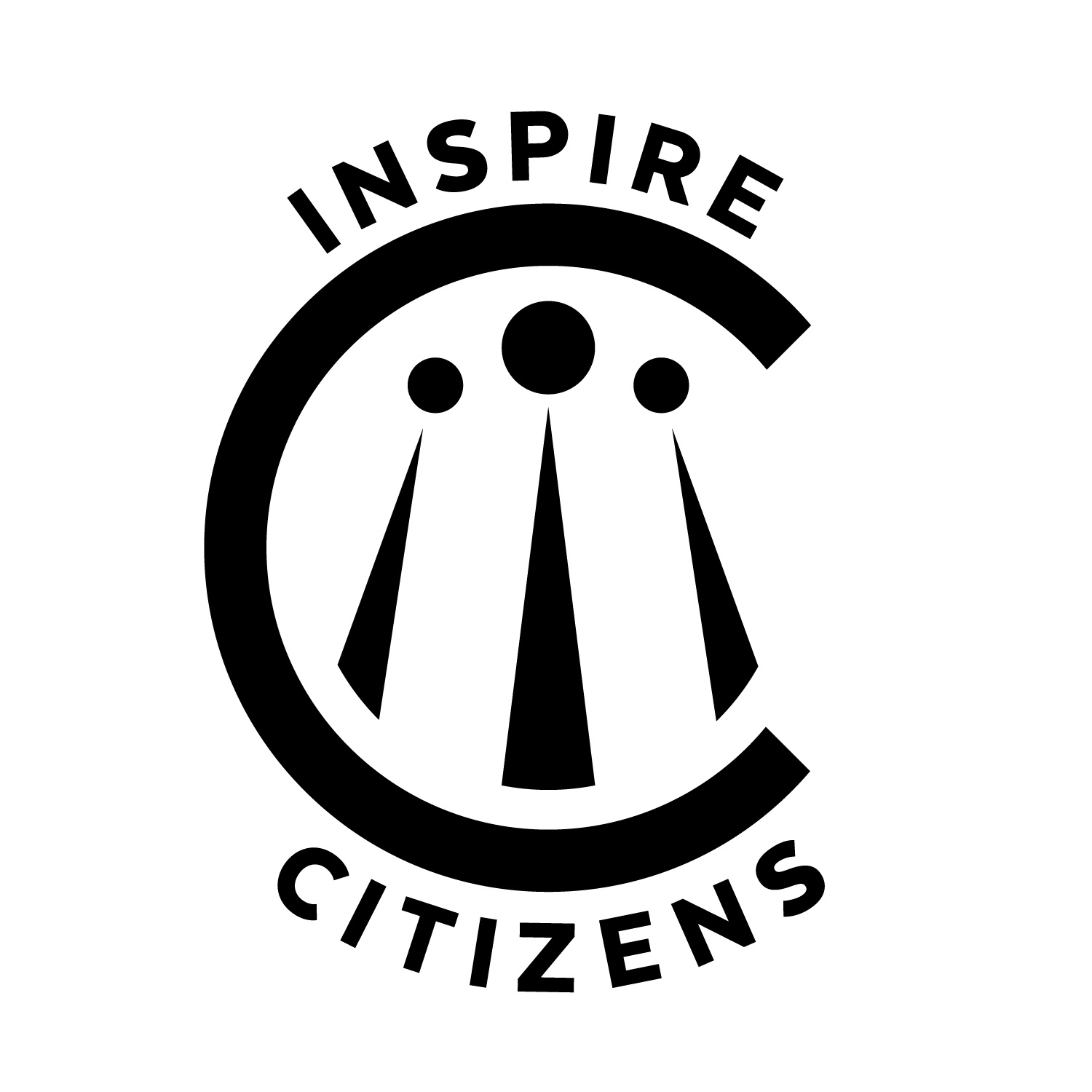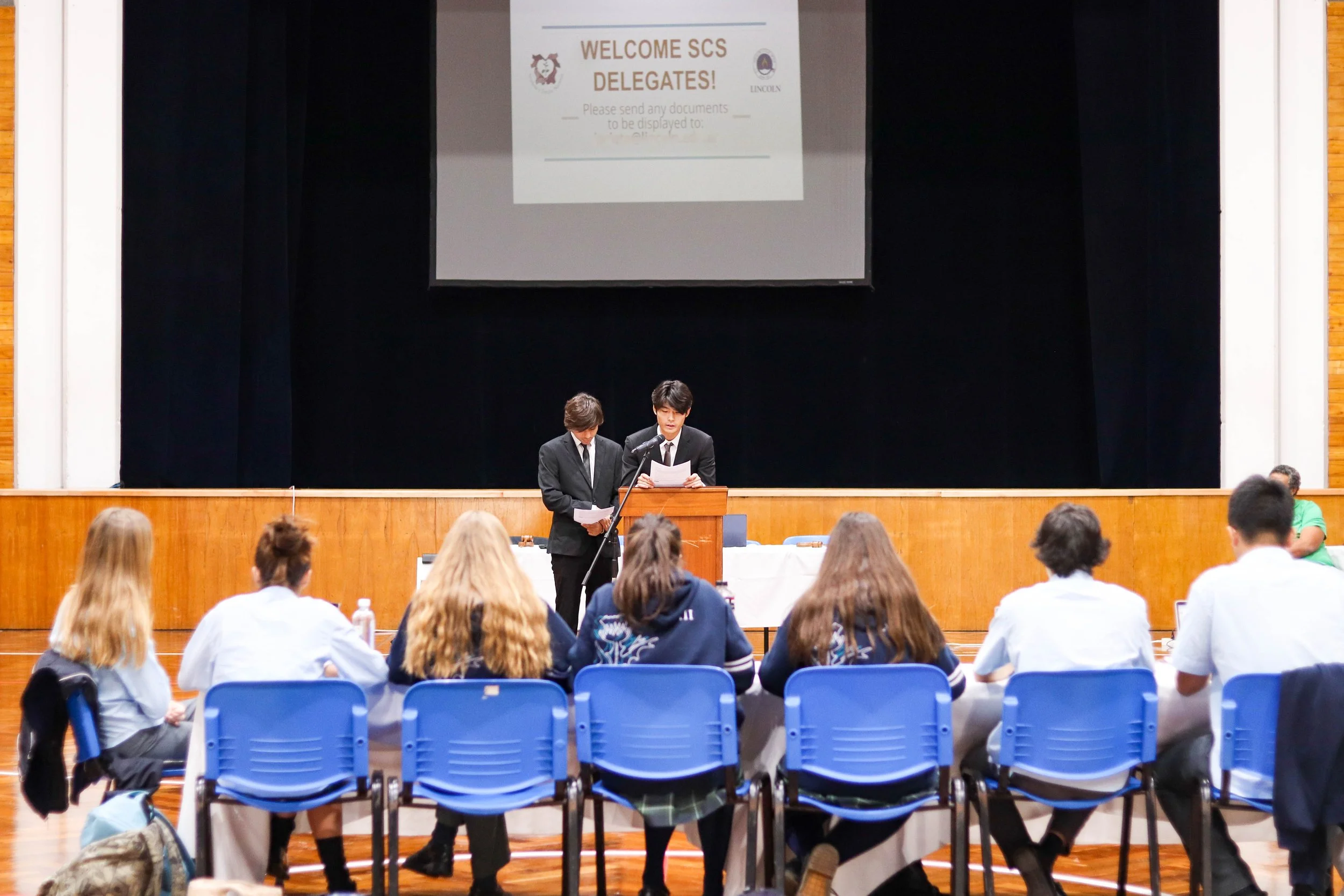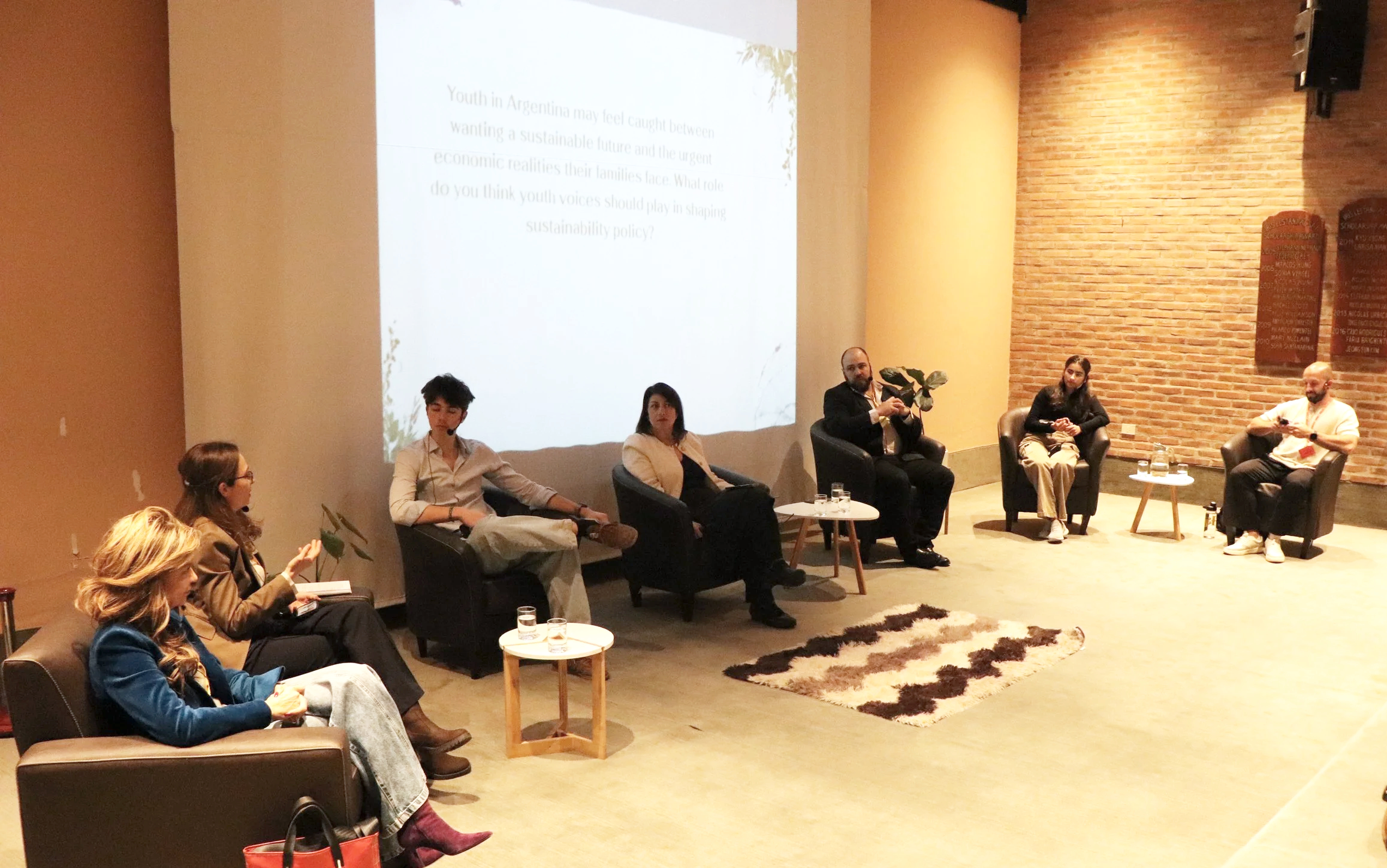Incorporating Sustainability Into Every Corner: Lessons from Lincoln School
Community Gardening for Change: Art and science students partner with a local community garden, turning creativity into environmental action. (image supplied)
Eight years into her tenure at Lincoln School in Buenos Aires, Camille Dolmont has become synonymous with student-centered sustainability education. But when she first arrived, the school's environmental initiatives looked quite different. A committed sustainability committee met regularly to develop programs and policies, yet the conversations happened entirely among adults. "It just didn't sit right with me to be having those conversations without students being central to it," she reflects.
What began as a gentle rebalancing of who held decision-making power has blossomed into a comprehensive model for embedding sustainability across an international school—one that places student voice, community engagement, and solutions-oriented thinking at its heart.
As an Environmental Systems and Societies teacher with what she calls "a passion project" in leading the school's Eco Club, Camille has developed approaches that other educators can adapt regardless of their starting point. Her work demonstrates that sustainability education succeeds when it moves beyond isolated initiatives to become woven into the fabric of school life.
Start With Student-Led Action
Camille transformed Lincoln's Eco Club from a teacher-directed committee into a thriving, student-led organization spanning elementary through high school. "I'm a guide," she explains. "I create the structures and resources that they use to engage in a comprehensive investigation and planning process." Rather than arriving with solutions, students investigate root causes within the system, identify leverage points where they can create impact, and design their own projects.
The Buenos Aires Youth Climate Accords: Student leaders collaborate across schools to explore solutions and build a more sustainable future. (iimage supplied)
This approach yielded remarkable results, including a student-organized climate symposium modelled after COP conferences. Three students passionate about Model UN and climate change invited bilingual schools from across Buenos Aires to collaborate on solutions. "Students still stay in touch with one another," Camille notes. “The residual effects are still felt locally at our school as some students take on new action projects because they saw something that another school was doing."
The symposium tackled food waste, biodiversity loss, and transportation equity—with students discovering that the most lasting impact came from building community. "Having that community and knowing that there are other people out there who are in eco clubs and working for sustainable action," Camille reflects, “I think it builds hope and resilience. Young activists can feel isolated sometimes.”
Inspired to Explore Cross-Divisional Connections
Working with Aaron Moniz, co-founder of Inspire Citizens, opened new pathways for Camille to connect sustainability across Lincoln's three divisions. "Sometimes we operate as islands separate from one another," she observes. Through conversations about service learning and community engagement, she now collaborates with teachers from kindergarten through grade twelve.
These partnerships extend sustainability's reach far beyond science classrooms. K-5 students tend school gardens and create QR code labels identifying plants. Grade 9-10 art students connect with a community garden run by people with cognitive impairments. "The work that the kids have produced has been really, really great," Camille says. "I think it's even more impactful than what happens in Eco Club" because curricular integration allows sustained, deep engagement over several weeks.
Design Interdisciplinary Units With Expert Facilitation
When Camille and colleagues from English and social studies decided to combine forces for a grade nine unit on human environmental impact, they brought "a vague idea and a page full of standards" to a planning session with Aaron. What typically takes a semester to develop took two hours.
Sustainability in Conversation: Students and professionals exchange ideas during Lincoln’s sustainability panel, exploring solutions from policy to practice. (image supplied)
"He just took all of our ideas and then synthesized them into really targeted questions," Camille recalls. Aaron kept bringing the team back to commonalities, identified potential community stakeholders to enhance authenticity, and distilled their work into a cohesive unit plan. "What we did in two hours with him would have taken us all semester," she reflects.
The key, Camille suggests, lies in having a skilled facilitator who understands each discipline's priorities while helping teachers find balance. "We all have our own subject priorities," she notes. “Facilitation helps us find the balance between the three."
Maintain a Solutions Orientation
Throughout her teaching, Camille deliberately focuses on solutions rather than catastrophe. "I don't want to create ecological dread or anxiety, or paint a dystopian future," she explains. In her Environmental Systems course, she uses Project Drawdown—a resource cataloging climate solutions with implementation costs and carbon mitigation estimates—to help students explore what's feasible in different contexts.
Even a simple lunchtime field trip becomes solutions-focused: students buy lunch without generating single-use plastic waste and discover they can have "really interesting conversations with shop owners about their perspectives on plastic." This approach presumes students already understand the urgency and moves directly to empowerment. Regardless of where students are situated on the continuum of Empathy to Empact, students are able to experience a global issue within a manageable interaction. “My ultimate goal is for students to see that individual actions matter,” explains Camille.
Presenting about the Lincoln learner profile to peers, Camille found many sustainability-minded educators who agree with the transformative power of solution-oriented teaching. (image supplied)
A second symposium on sustainability brought together students and professionals from the World Bank, oil and gas, and policy sectors—all sharing solutions-oriented work. "It's just good to know that everyone is looking at solutions and has their eye on a better future," Camille reflects. "It's important for me to know that, too, because I can also fall into the pits of despair."
Foster Reciprocal Community Partnerships
Camille emphasizes sustainability work that creates mutual benefit. Her connection with the nearby community garden, for instance, offers art students authentic creative opportunities while supporting an organization serving people with disabilities. These partnerships model how schools can engage communities not as recipients of charity, but as collaborative partners in shared learning.
Give Students Time and Space for Inquiry
Perhaps Camille’s most essential insight transcends any specific strategy: "When you give students the time and space to just ask questions and to investigate what they're interested in, there's so much powerful learning that can come out when students have the opportunity to take ownership over their learning."
This philosophy requires trust—in students' capacity to direct their learning, in the power of curiosity, and in solutions-focused thinking to sustain hope. As Camille notes, students investigating their own questions continually teach her new things. "They give me so much hope for the future," she says.
For educators beginning their own sustainability journeys, Camille’s work at Lincoln School offers a roadmap: start with student voice, build connections across divisions, welcome expert guidance, embrace community partnerships, focus on solutions, and trust in the power of inquiry. The specifics will vary by context, but the principles remain constant—and transformative.




